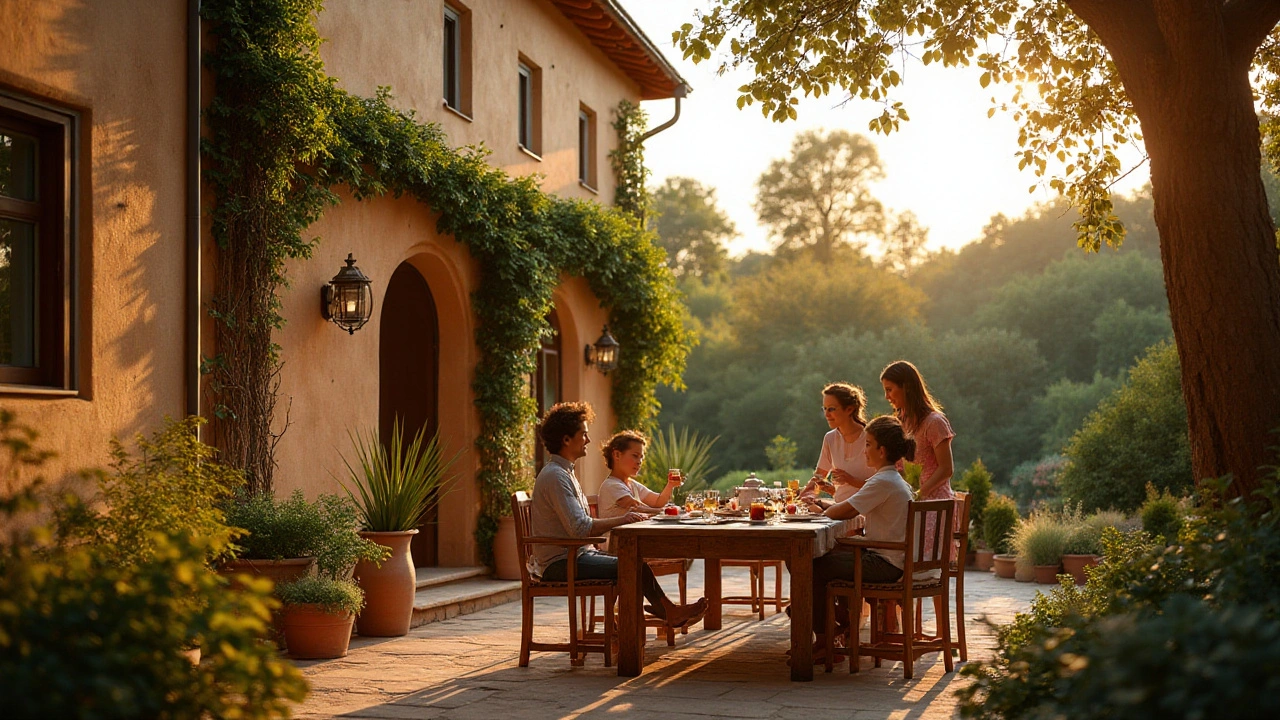Architectural Charm: Spotting Timeless Details and Using Them at Home
Ever stop, look at a building, and feel a small thrill? That’s architectural charm — the details that make a place feel alive. On this tag page you’ll find posts that show how charm appears in different eras and how you can use those ideas in travel, design, or home projects.
Quick ways to spot charm
Start with small features. Look for columns, cornices, window trims, and rooflines. A gambrel roof tells you something Dutch Colonial is going on. Pointed arches and stained glass point to Gothic Revival. Rounded arches and thick walls often mean Romanesque or early medieval design. Tiny details like carved brackets, tile patterns, or a well-placed balcony can change the whole feeling of a façade.
Materials matter. Wood porches and tapered columns scream Craftsman warmth. Smooth stucco and classical columns lean Greek Revival. Glass mosaics and domes hint at Byzantine influence. Even color and scale affect charm: deep, saturated paint on trim can make modest buildings read as intentional and cared-for.
Use charm in your home and trips
You don’t need a full restoration to add charm. Pick one clear move: replace plain porch posts with tapered Craftsman-style columns, add a small cornice above a door, or choose a period-appropriate light fixture. Mix old and new carefully — keep proportions right and limit decorative pieces so things don’t compete.
If you’re traveling, use these posts as a checklist. Read about Ancient Roman engineering to spot arches and vaults, then look beyond the Colosseum for lesser-known Roman gems. Want Gothic drama? Our Gothic Revival guides show where to find arches, spires, and stained glass. For neighborhood walks, check Colonial, Georgian, and Greek Revival posts to learn what to notice on doorways, shutters, and symmetrical facades.
Preserving charm can be practical too. When repairing trim, match profiles and materials where possible. For bigger projects, read conservation tips from our Beaux-Arts and Georgian articles — they explain common challenges and simple fixes that keep character without blowing your budget.
Browse related posts here to see real examples and easy how-tos: articles on Roman, Byzantine, Gothic Revival, Colonial, Craftsman, Georgian, Beaux-Arts, and Dutch Colonial Revival are a short scroll away. Each piece includes photos, spotting tips, and practical takeaways so you can copy ideas in real life.
Want a quick action? Pick one charm detail near you—an interesting cornice, porch, or window—and study it. Note materials, proportions, and how it sits with the rest of the building. That simple habit trains your eye and makes everyday streets feel like a design class. Come back to this tag when you need inspiration for a project or a smarter way to see buildings on your next walk.

Mediterranean Revival Architecture: Unraveling Its Timeless Appeal
Mediterranean Revival Architecture is a style that draws inspiration from the charm and elegance of Mediterranean countries. This article explores its historical roots, key design elements, and practical tips for incorporating its timeless appeal into modern homes. Discover how the blend of stucco walls, red-tiled roofs, and arched windows create a cozy yet sophisticated ambiance. Learn about the cultural influences that shape this style and why it remains popular today.
Read more